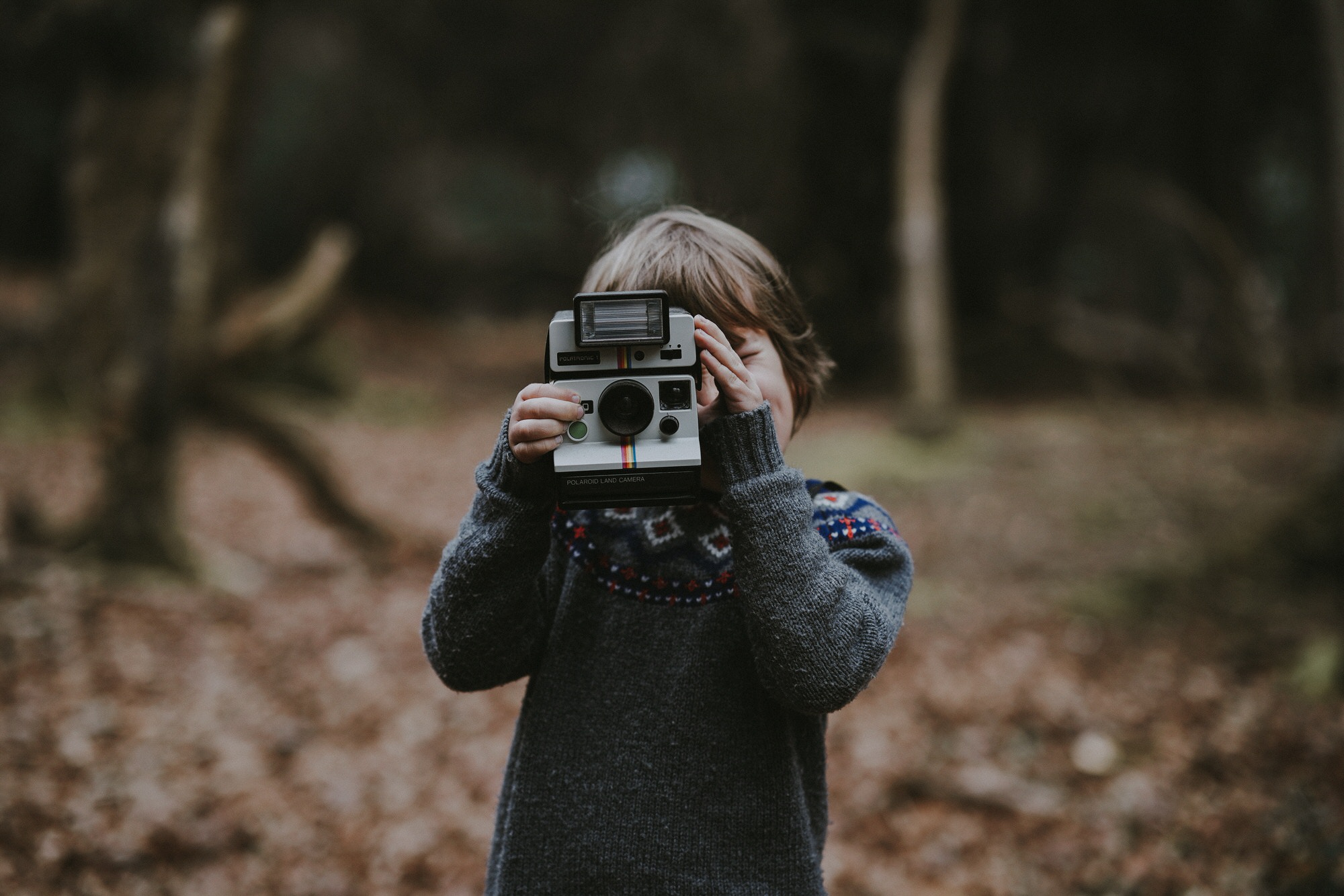Bragging Rights
Explore the latest trends, tips, and stories that make you stand out.
Click Click Boom: Capturing Magic in Every Frame
Discover the art of photography in Click Click Boom, where every snapshot captures magic and tells a story. Unleash your creativity now!
The Art of Cinematic Storytelling: How to Capture Emotion in Every Frame
The Art of Cinematic Storytelling hinges on the ability to evoke genuine emotions through carefully curated visual narratives. Each frame acts as a canvas where filmmakers paint their characters' journeys with emotion-laden elements—from the razor-sharp angles of a close-up to the soft hues of a sunset. To capture emotion effectively, directors often utilize techniques like lighting, color grading, and framing to enhance the story's mood, immersing viewers in the characters' interior worlds. For example, in scenes of heartbreak, a dimly lit environment paired with saturated blues can amplify feelings of sadness, while a vibrant palette may be used to elicit joy in moments of triumph.
Moreover, understanding the psychology of the audience plays a crucial role in cinematic storytelling. Using a mix of music, dialogue, and visual symbolism, filmmakers can create an emotional resonance that lingers long after the credits roll. Consider how a well-placed symbolic object—a child's toy, a love letter—can serve as a potent reminder of a character's past, instantly transporting the audience into the emotional landscape of the film. By deliberately crafting each frame with these elements, storytellers have the power to transform simple narratives into profound explorations of the human experience.

10 Essential Tips for Photo and Video Composition
Creating visually stunning photos and videos requires more than just pressing the shutter or recording. Composition is key, and understanding the elements that contribute to a well-composed image can dramatically improve your work. Here are 10 essential tips to elevate your composition skills:
- Rule of Thirds: Divide your frame into a 3x3 grid and place important elements along these lines or at their intersections.
- Leading Lines: Use natural lines in your scene to guide the viewer's eye towards the focal point.
- Framing: Use elements in your environment to frame your subject, adding depth and focus.
- Symmetry: Look for symmetrical patterns in your scene for a pleasing balance.
- Depth: Incorporate foreground, midground, and background elements to create a sense of depth.
- Negative Space: Don’t be afraid of empty space; it can help your subject stand out.
- Color Balance: Use contrasting colors to draw attention to your subject.
- Point of View: Experiment with different angles to find the most compelling perspective.
- Scale: Include objects of varying sizes to convey a sense of scale.
- Break the Rules: While these tips are essential, don't hesitate to experiment and break the rules for creative expression.
What Makes a Perfect Shot? Exploring the Elements of Visual Magic
When it comes to photography, the perfect shot is often a harmonious blend of various elements that work together to create visual magic. Whether you're capturing a breathtaking landscape or a candid moment, understanding the fundamentals such as composition, lighting, and subject matter is crucial. Composition plays a vital role, as it dictates how the viewer's eye moves across the image. Techniques like the rule of thirds, leading lines, and symmetry can dramatically enhance your shots, directing attention to the focal point while creating a sense of balance.
Equally important is lighting, which can transform an ordinary scene into something extraordinary. The quality of light—be it soft or harsh, natural or artificial—can evoke different moods and emotions, making it essential to consider the time of day and weather conditions when planning your shoot. Finally, the subject matter is what ultimately draws your audience in; selecting an engaging subject and presenting it from a unique angle can elevate your photography to new heights. By mastering these elements, you will not only create captivating images but also discover the artistry that lies in what makes a perfect shot.